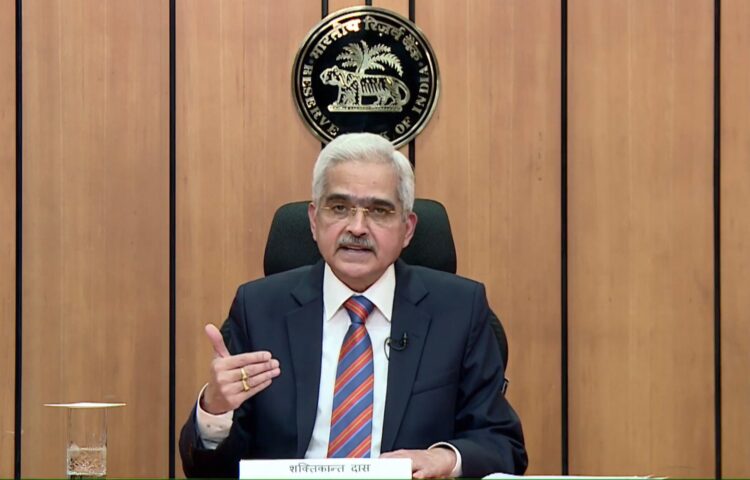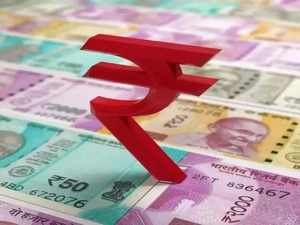On Friday, the Reserve Bank of India’s (RBI) Monetary Policy Committee (MPC) announced a 50 basis point (bps) increase in the repo rate to 5.90% in order to bring elevated inflation back to its target.
“Consequently, the standing deposit facility (SDF) rate is now at 5.65 per cent and the marginal standing facility (MSF) rate at 6.15 per cent”, RBI Governor Shaktikanta Das said. The SDF is the lower band of the interest rate corridor and the MSF the higher.
Das added that the MPC maintained its current stance of remaining focused on the withdrawal of accommodation. Das stated that the rate hike and stance decisions were made with a majority of five votes and dissent of one vote in the six-member MPC.
The policy decisions were mostly predictable. Following the policy announcement, the 10-year benchmark government bond yield was trading 2 basis points higher at 7.36 percent. The rupee was trading at 81.66 per dollar, up from 81.85 at the previous close.
Taking Friday’s rate hike into account, the MPC has raised the benchmark policy rate by 190 basis points in the current fiscal year.
According to Das, the MPC believes that the persistence of high inflation requires a further calibrated withdrawal of monetary accommodation in order to contain second round effects and anchor inflation expectations.
Das stated that the MPC had maintained the previous projections for Consumer Price Index (CPI)-based inflation, citing upside risks to food prices and the spread of cereal price pressures to other food products.
CPI inflation is expected to be 6.7% in the current fiscal year, with the price index expected to be 7.1% in July-September, 6.5% in October-December, and 5.8% in January-March. CPI inflation is expected to be 5% in the first quarter of the next fiscal year.
The RBI’s target for CPI inflation is 4%, with a 2% margin of error on either side. According to the most recent data, CPI inflation has remained above the RBI’s target zone for the first eight months of 2022.
The retail inflation rate in India reversed its three-month downward trend in August, rising to 7% from 6.7 percent the previous month, owing to a rise in food prices. Russia’s invasion of Ukraine in late February exacerbated supply-side disruptions and resulted in sharp increases in the prices of several global commodities, putting upward pressure on India’s retail inflation.
“With inflation likely to be largely in line with RBI’s estimates, this week’s 50 bps hike will make the ex-post forward real repo rate* positive, albeit still lower than the RBI’s estimated real neutral rate of 0.8-1 per cent,” economists from Emkay Global wrote.
“At this point, we still think that the RBI would not go too restrictive and terminal rate could hover near the estimated real rates, implying not more than 100 bps hikes ahead, including today’s decision,” they wrote.
Source:BS







 Finance
Finance





